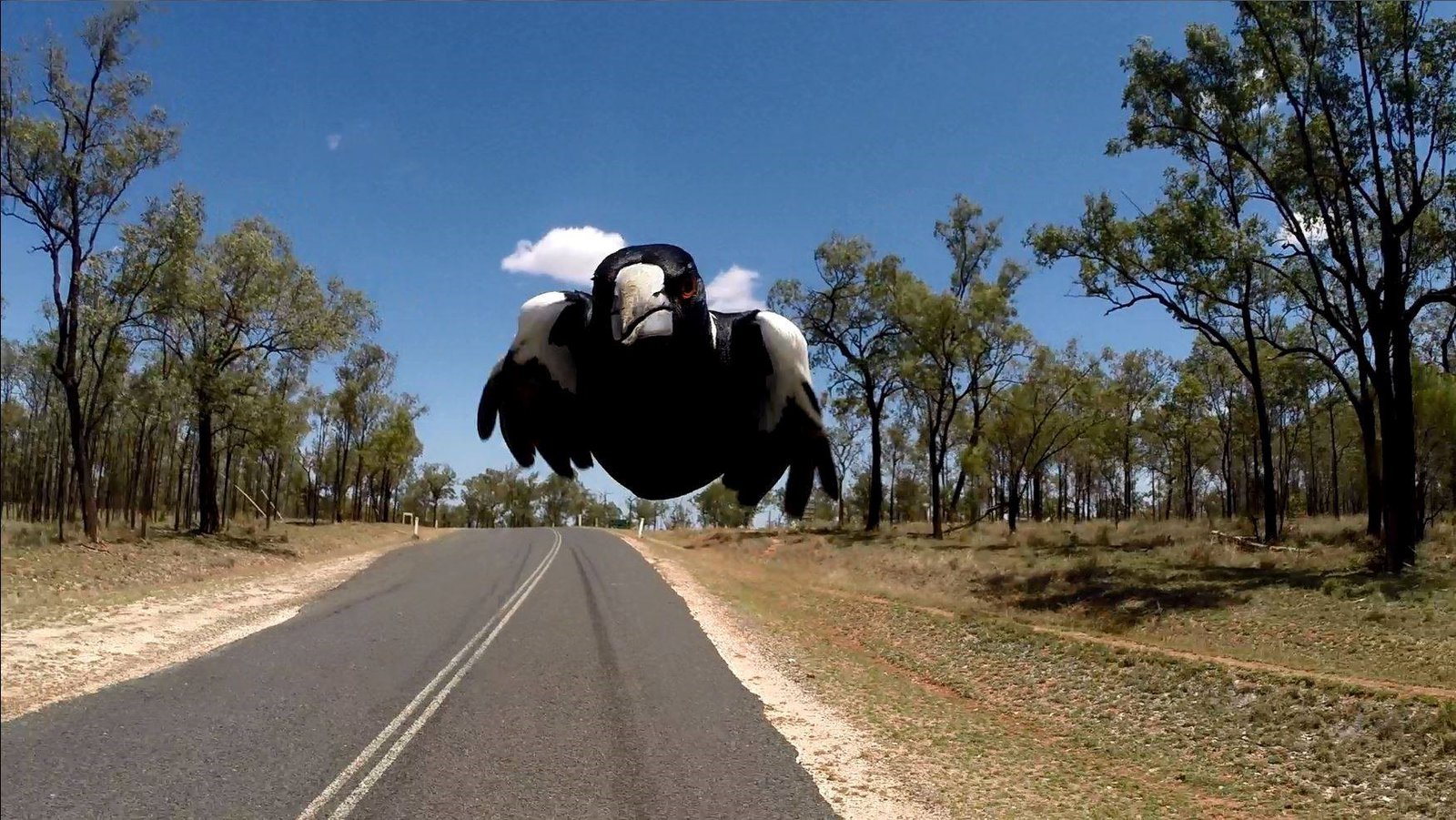Why do Magpies swoop?
Swooping on intruders, including humans, does tend to trigger some debate over whether magpies are actually aggressive or defensive.
Magpies swoop in spring
Peak breeding season for Australian magpies is August through to November, which is normally when the swooping begins.
During this time, they will defend their nests and chicks, but also defend their surrounding territory. Male adults are using their body language – beak clapping, whooshing above your head and screeching – to warn you to keep away from their eggs or newly-hatched chicks.
Magpie call
The dawn and dusk calls of the magpie are one of the most loved. This is probably due to the melodic nature of the calls. Research by Emma Rose Roper on the vocalisations of the Australian magpie found that "Australian magpies are involved actively in the acoustic sounds they produce. They produce solo vocalisations when they are not constrained by social and environmental factors. Magpies improvise upon, invent and imitate new melodic material throughout their lives."
Magpies construct their nests in the outer branches of trees and these can be up to 15 metres about the ground and use the same nesting sites each year.
Magpies can live in groups as large as 20 individuals or more. Suitable breeding sites are in short supply and once attained, a territory must be defended to prevent it from being reduced or seized by a rival group. All individuals in a group help defend the territory from other birds, but it is usually the males that defend the nest during breeding season. Magpies can hold a territory in excess of ten years and have a lifespan of 25-30 years.

© PublicDomainPictures
Magpie Breeding behaviours
Australian Magpies are strongly territorial and defend their territories both from other magpies as well as potential predators. Unfortunately, some individual magpies perceive humans as a potential threat and accordingly, swoop down with a fast warning flight, occasionally making contact. Only a small number of Australian Magpies behave like this, and some of these aggressive magpies will only swoop on particular people.
Australian Magpies' swooping behaviour will only be a problem to humans for a couple of weeks. Wearing a hat during the period in which a bird is aggressive is one practical way of avoiding injury; another is to avoid the area for a couple of weeks.
Magpies are protected throughout NSW, and it is against the law to kill the birds, collect their eggs, or harm their young.
Despite this behaviour (which is only for a short period each year), this species does have some beautiful attributes.
So when out and about this Spring, remember: be alert not alarmed.

© PublicDomainPictures
Why do magpies swoop cyclists?
Cyclists are a fast moving target seen as a threat to a nesting group of magpies.
Magpies are intelligent birds, able to recognise up to 100 individual people and will swoop riders from 50-100 metres away from their nest!
To reduce the risk of being swooped: be aware of where a magpie is nesting and avoid the area if possible.
The incredible image below was captured by a rear facing helmet cam worn by a motorbike rider when travelling in Middlemount, Central Queensland. Thanks to the photographer for sharing their image with The Australian Museum for our education purposes.
(This image may not be used without the permission of the photographers.)

Swooping Magpie caught on helmet cam, Middlemount, Central Queensland.
Please note: This image may not be used without the permission of the photographers.
Image: Paula Rapson and Monique Newton© Paula Rapson and Monique Newton
Experts advise against fighting back against the bird or running away quickly. It is important to stay calm, if you panic or wave your arms around to fend them off, this is more likely to appear as aggressive behaviour and provoke further swooping. You should move away from the area slowly. Keep your head down and try not to turn around to see where the bird is coming from, as this will expose your face and eyes to potential injury if the bird is returning to swoop again.
To find out where swooping magpies are in your area you can visit Magpie Alert, "Australia's social website to track aggressive swooping magpies. If you are a cyclist, walker, runner or maybe a concerned member of the public then help protect others and share swooping magpie attacks on-line at https://www.magpiealert.com/ "


